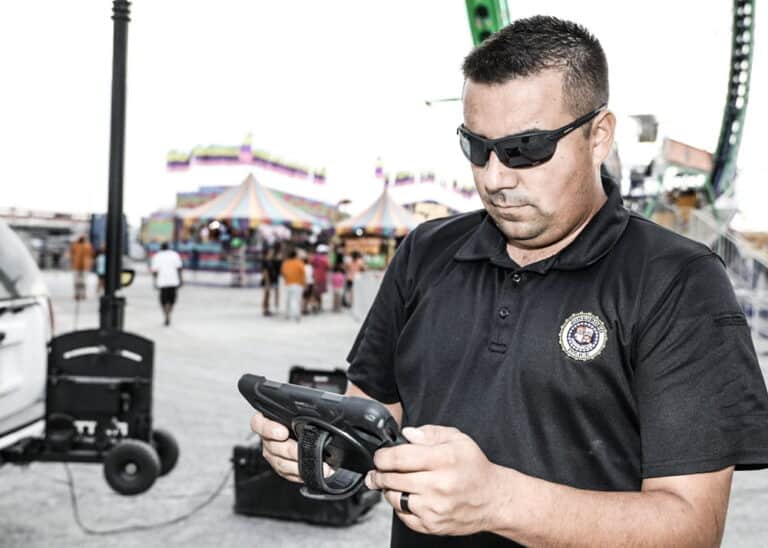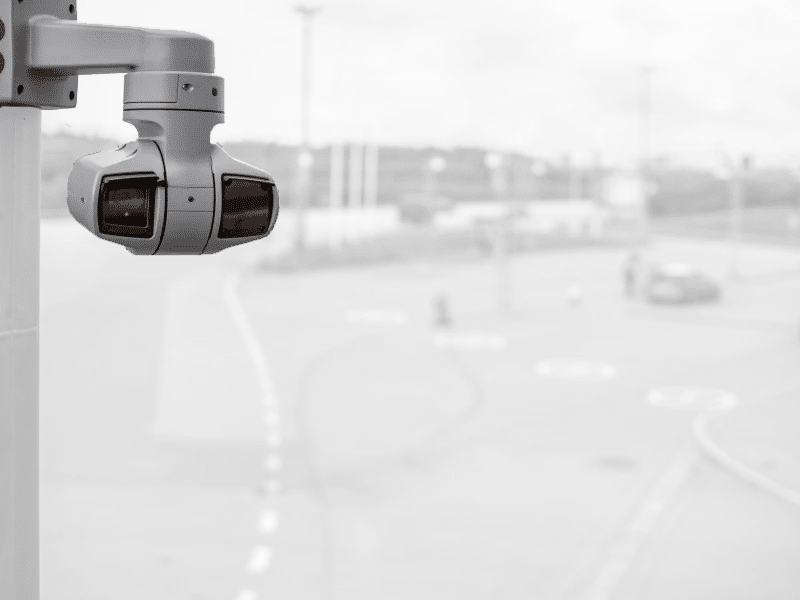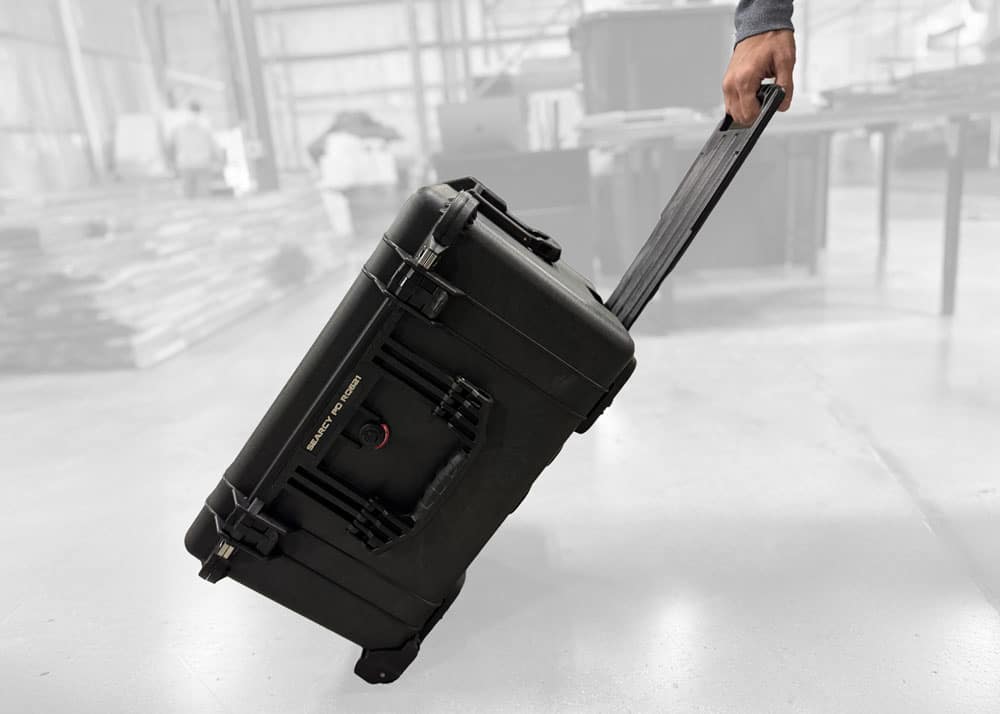Why Mobile Security Matters
Mobile devices are now essential for both personal and professional use. From smartphones to tablets and laptops, we rely on them to communicate, store data, and even monitor security systems. But with this convenience comes risk.
Mobile security protects mobile devices from cyber threats, data breaches, and unauthorized access. As mobile usage continues to grow, especially in law enforcement, private security, military, and emergency response, so does the need for mobile security solutions that keep sensitive information safe.
According to the FBI’s 2022 Internet Crime Report, over 800,000 cybercrime complaints were filed, with reported losses exceeding $10.3 billion. While the report doesn’t break out mobile-specific incidents, the increasing reliance on mobile technology across industries highlights the growing need to secure these devices against both digital and physical threats.
Staying ahead of cybercriminals requires both awareness and reliable security tools tailored to how your team uses mobile tech in the field.
It also means protecting mobile devices physically—from theft, tampering, or loss—using tools like surveillance systems and light towers.
Understanding Mobile Device Security
What Is Mobile Device Security?
Mobile device security refers to tools and practices that protect mobile phones, tablets, and laptops from:
- Malware infections
- Data leaks
- Unauthorized access
- Physical loss or theft
Core Features That Protect Your Devices
- Encryption – Converts sensitive data into unreadable code.
- Biometric authentication – Uses fingerprints or facial recognition to allow access.
- Remote wipe – Deletes all data if the device is lost or stolen.
- Password protection – Limits access to apps and files.
When combined, these features provide strong protection against common threats with mobile devices.
These tools are especially vital for first responders and field operators who rely on real-time data and can’t afford delays caused by breaches.
Types of Mobile Security Solutions
Effective mobile security solutions often include multiple layers of protection:
- Antivirus software for detecting threats
- Virtual Private Networks (VPNs) to encrypt internet traffic
- Mobile Device Management (MDM) for remote control of device settings
- Security accessories like physical locks and RFID-blocking pouches
Layered protection gives safety personnel better control and reduces exposure to threats.
Combining digital software with physical safeguards ensures that mobile assets remain secure from all angles.
Surveillance-Based Security Solutions
Mobile threats don’t just come from the internet. Physical surveillance plays a key role in protecting sensitive areas where mobile devices are active.
Mobile Surveillance Towers
Mobile surveillance towers help monitor parking lots, event zones, or temporary command centers. These towers provide an elevated view that:
- Detects suspicious activity
- Captures footage of device theft
- Aids real-time response during security breaches
Surveillance systems reduce the chance of mobile device misuse or unauthorized data access in public and semi-public environments.
They are especially effective when mobile devices are deployed in unsecured or high-traffic outdoor areas.
Enhanced Lighting for Mobile Security
Good lighting helps deter theft and supports surveillance efforts. Poor visibility can give criminals the upper hand.
Light towers improve security by:
- Illuminating dark areas where mobile devices are in use
- Enhancing camera visibility for accurate footage
- Deterring unauthorized access during night shifts or emergencies
The National Bureau of Economic Research conducted a large-scale study in New York City showing that improved street lighting led to a 36% reduction in nighttime outdoor crimes such as robbery and assault. According to The New Yorker, the researchers installed temporary light towers across high-crime areas and found that better lighting significantly lowered criminal activity after dark. These findings suggest that in areas like parking lots, alleys, and outdoor work zones, proper lighting isn’t just about visibility—it’s a powerful deterrent against crime.
Well-lit environments not only discourage criminals but also allow security teams to identify risks more efficiently.
IP Cameras for Remote Monitoring
IP cameras offer powerful tools for remote surveillance. With mobile-friendly apps and live feeds, they support:
- Real-time monitoring of mobile workstations
- Detection of unauthorized users near mobile equipment
- Alerts for motion in sensitive zones
These cameras are widely used in law enforcement and emergency management to ensure mobile device security even in remote or high-risk environments. They give decision-makers instant access to critical visuals, even from miles away.
Security Accessories for Mobile Protection
Security accessories give another layer of protection beyond software.
Popular accessories include:
- Encrypted USB drives – Securely store and transfer sensitive data
- Biometric locks – Restrict device access to authorized users only
- RFID-blocking pouches – Prevent remote scanning of mobile credentials
- Tamper-proof cases – Deter theft and protect from damage
These tools are ideal for officers, agents, and emergency responders who carry devices in the field. Equipping your team with these accessories strengthens on-the-go data protection and enhances mobile readiness.
Common Threats with Mobile Devices
Knowing the risks helps prevent attacks. The most common threats with mobile devices include:
- Phishing attacks – Fake emails or texts that trick users into giving away information
- Malware – Harmful software installed via downloads or apps
- Unsecured Wi-Fi – Public networks that allow hackers to steal data
- Outdated software – Old apps or systems that lack current security patches
In April 2023, the FBI’s Denver office issued a warning to the public, advising against using free charging stations in places like airports, hotels, and shopping centers. They cautioned that bad actors have figured out ways to use public USB ports to introduce malware and monitoring software onto devices.
This method of cyberattack, known as “juice jacking,” involves hackers loading malware onto public USB charging stations to maliciously access connected devices. To protect your devices, it’s recommended to carry your own charger and USB cord and use an electrical outlet instead.
Even a brief lapse in judgment—like clicking a suspicious link—can put entire systems at risk.
What To Look for in a Portable Security Camera
Looking for an extra layer of physical security? A portable security camera can be a smart choice for protecting mobile workstations, checkpoints, or event zones.
When shopping for one, consider:
- Motion detection – Triggers recording only when activity is detected
- Remote access – Allows real-time viewing from anywhere
- Battery life – Ensures long operation in the field
- Durability – Withstands weather, dust, and rough handling
Choosing the right portable security camera helps you maintain visibility and control, even in unpredictable environments.
Final Thoughts
So, what is mobile security? It’s more than just antivirus software. It’s a full system of tools and strategies — digital and physical — designed to protect your devices, your data, and your people.
For safety professionals, choosing the right mobile security solutions can mean the difference between mission success and data loss. By combining mobile surveillance towers, IP cameras, security accessories, and light towers, you build a physical defense system that adapts to any environment—urban or remote, day or night.
But mobile security doesn’t stop there. On the digital side, using tools like strong device encryption, biometric access controls, mobile device management (MDM) systems, and secure VPNs ensures that sensitive data stays protected, even if a device is lost or stolen.
Together, these digital and physical strategies form a comprehensive mobile security approach that allows teams to stay operational, responsive, and secure—wherever the job takes them. With the right setup, your team can stay focused on their mission—not on device vulnerabilities.







